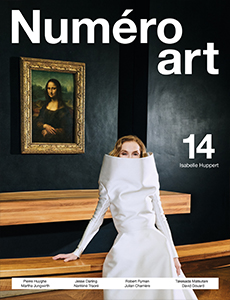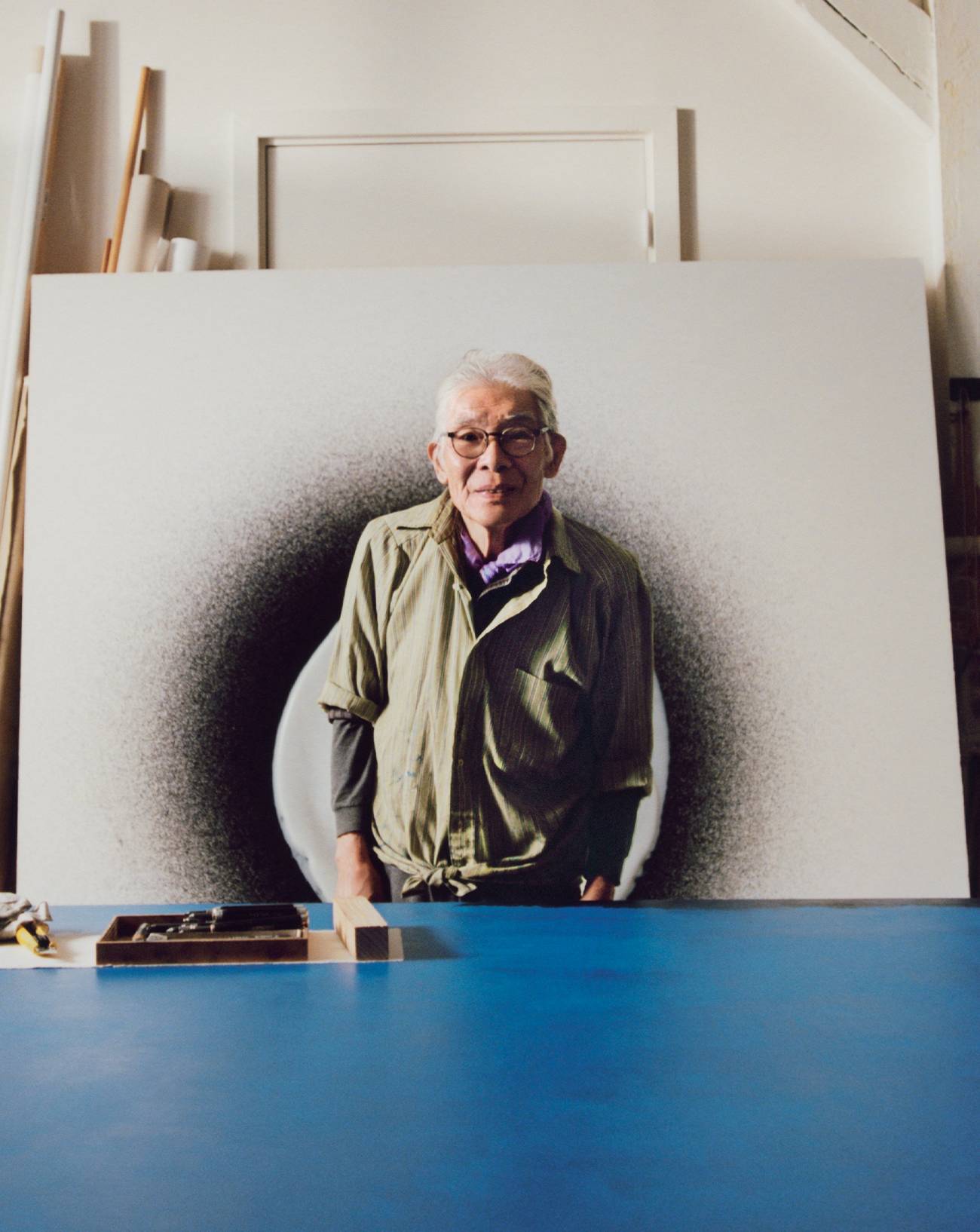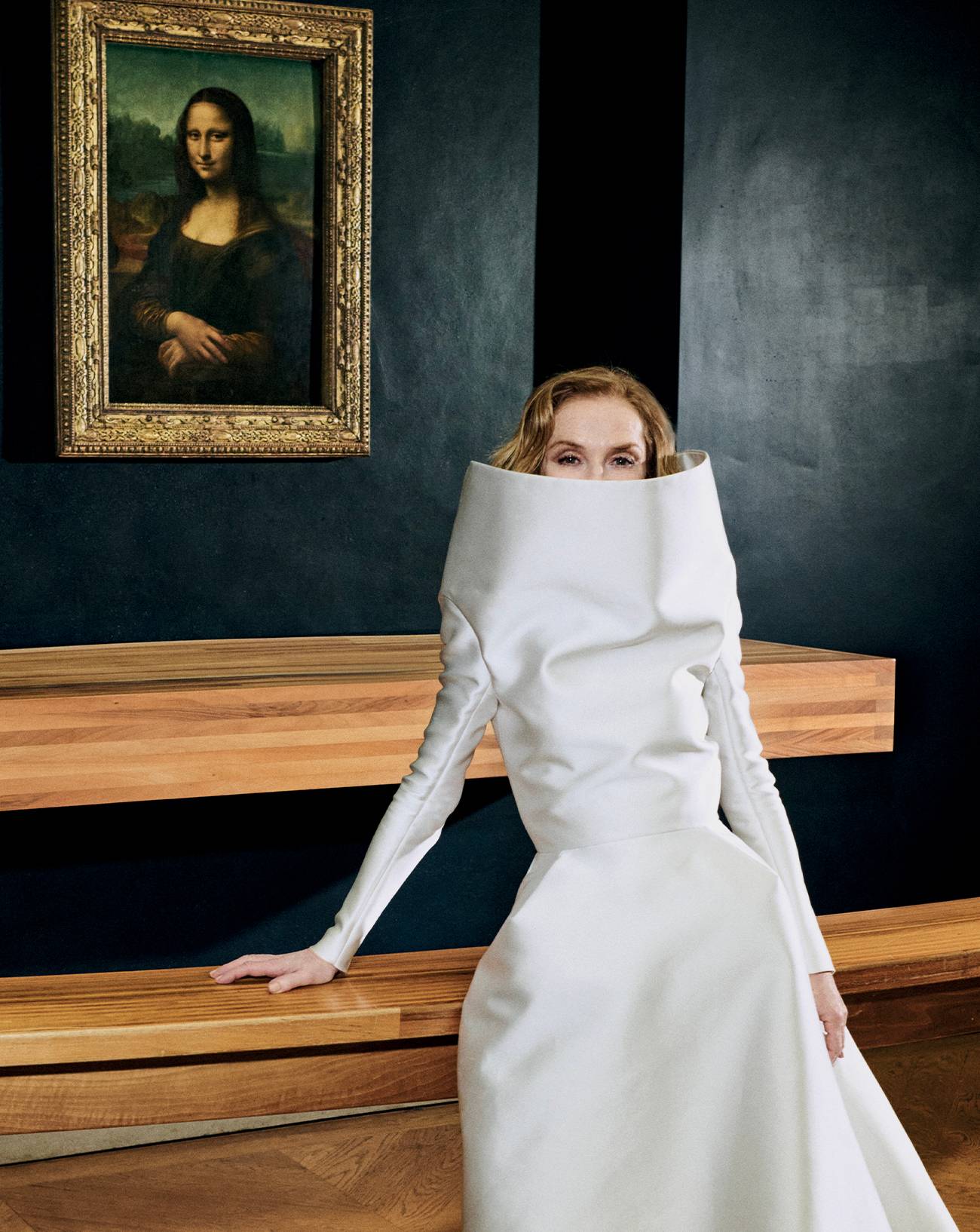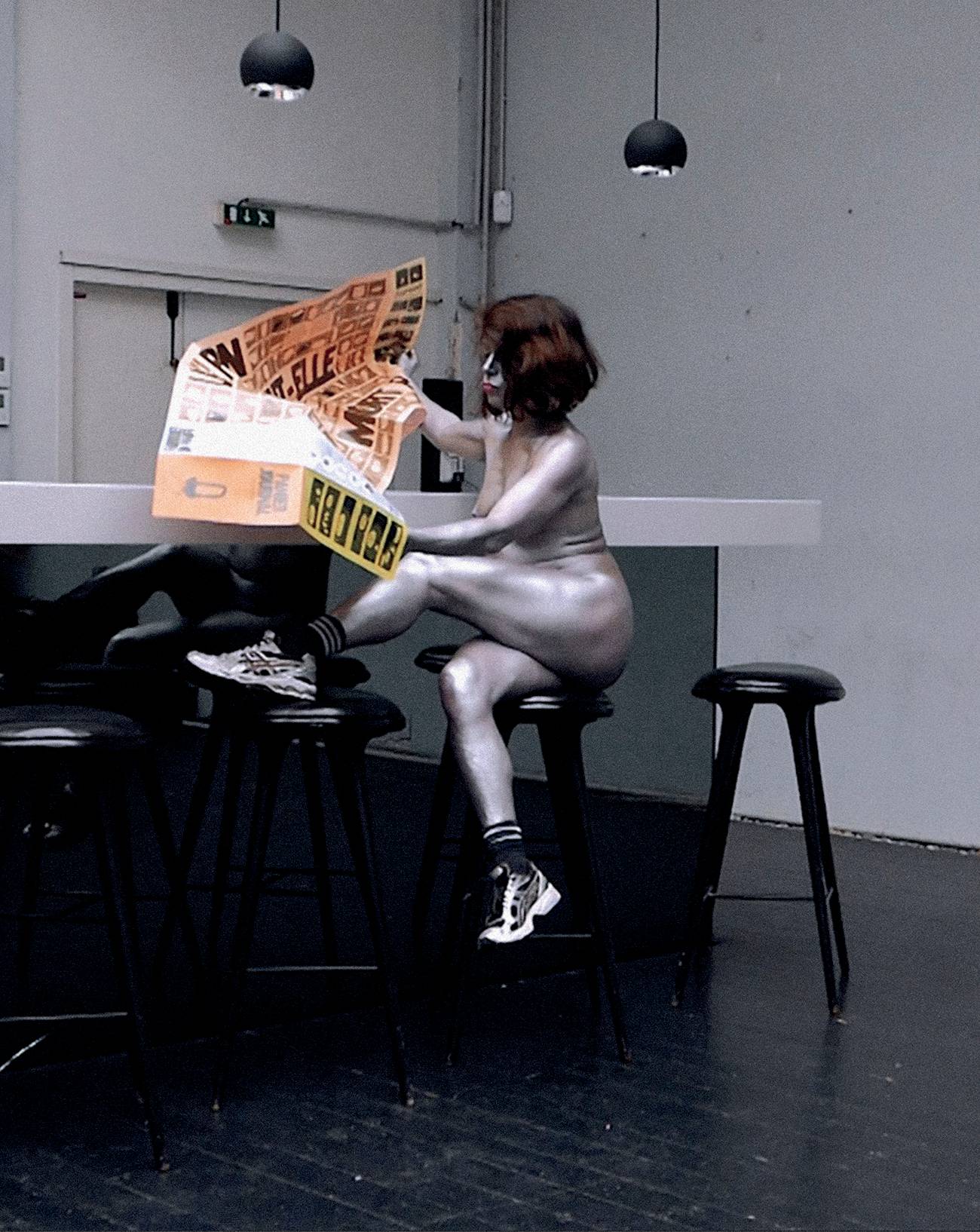© Courtesy of the artist and Galerie Chantal Crousel, Marian Goodman Gallery, Hauser&Wirth, Esther Schipper and Taro Nasu. © Pierre Huyghe by SIAE 2023.
The complex and fascinating art of Pierre Huyghe
Pierre Huyghe’s most recent installation was all about submersible narratives and potential floods. Inaugurated on 12 June 2022, Variants was commissioned by the Kistefos Museum in Jevnaker, Norway. There, in the damp, mossy forest, 60 km from Oslo, the 62-year-old French artist produced a “multipolar entity,” as his studio calls it, that reacts to the geochemical and biological events taking place in its host environment, which it both simulates and parasites. A fiction in the making, it is a story waiting to unfold, one whose axioms are established in terms of scanned forests, real-time generation, unpredictable mutations, intelligent cameras, and environmental sensors, with no way of knowing what fortuitous alliances might be forged with other micro- organisms. Since then, it has continued to transform itself with all the impassivity of any other organism on the planet.
Journalists and critics have struggled to find words to describe this fertile, perverse soil, because conventional language for talking about art no longer seems to fit. begin with 2012’s Untilled, which was shown at Documenta 13 in Kassel. Juggling emergencies just a few weeks before the opening, Stenne continues, “In these projects – among which we should also include the skating rink from After ALife Ahead, which was shown in Munster in 2017 – the site itself calls up fictions. When Pierre began the Venice show, he had the idea of reintroducing fiction into a site that is not necessarily its trigger.”
From the outset, Pierre had ideas for original works that would cohabit with the works in the collection, like worlds superimposed within the space and time of an exhibition.” - Pierre Huyghe's studio.
The Pinault Collection, which has been exhibiting at the Punta della Dogana since 2009, owns a number of major works from earlier periods of Huyghe’s career, among them several important milestones, such as the film of the monkey with the Noh mask (Untitled) Human Mask (2014), the luminous smoke-filled ballet Offspring (2018; it was included in the inaugural exhibition at Paris’s Bourse de Commerce), and the film with animals caught in amber, De-extinction (2014). The latter, which is perhaps less well-known, was shown at the Luma foundation in Arles alongside the techno- primordial intervention Living Cancer Variator (2016), which also features in the Venice exhibition. “From the outset, Pierre had ideas for original works that would cohabit with the works in the collection, like worlds superimposed within the space and time of an exhibition. Liminal teems with sentient creatures through which he reintroduces the human and non-human figures that had tended to disappear from his work these last ten years,” his studio explained to Numéro art.
Today, a whole set of creatures is already continuing its existence in the collective imagination. In the eight rooms that comprise the Venice exhibition, a “polyphony of subjectivities” orchestrates the encounter between old and new works to generate new multiplayer and multispecies scenarios. The first piece that visitors encounter is a presence launched into motion: the video Liminal (2024) shows a faceless human body performing a series of choreographies. Where expression should be, there is a black hole, a fundamental absence, casting this paradoxical presence into a kind of limbo. The strange entity, which is pure potential, will learn and develop a memory over the course of the exhibition. But the absence is at the same time a suggestion. “This oracle-like figure is a reactive image affected by the perceptible and imperceptible information it receives via sensors. A cerebral organoid [artificial nerve circuitry] housed in a laboratory generates stimuli, thereby affecting the behaviour of this human form.”
Pierre Huyghe's mysterious carte blanche at the Pinault Collection-Punta della Dogana
Other new characters emerge in order to respond to it, for example, Idiom (2024), another mobile presence in the exhibition, which features mute human performers in oblong-shaped golden masks. Neither artwork, nor exhibition, nor performance, it’s not quite an installation either. So what is it? Perhaps we must look for answers in the internal genealogy of Huyghe’s more recent projects. In 2019, as artistic director of the Triennial Okayama Art Summit, he oversaw IF THE SNAKE, an exhibition that followed a similar principle. Borrowing the name and notion of a “living entity,” it was composed of chemical and algorithmic processes, with different forms of intelligent life working “in cooperation.” In France, Huyghe’s last process-based work was probably After UUmwelt, which was shown at the Luma Foundation in 2021–22. The artist’s first exhibition on Gallic soil following his Centre Pompidou retrospective in 2013–14, it was the sequel to the 2018 UUmwelt at London’s Serpentine Gallery, where, on LED screens, mental images were shown that had been produced via a neural interface which captured a brain’s activity as it thought about prehistoric tools or works of art. In Arles, the images reacted in real time to the visitors’ presence and to climate variations, bees, ants, and bacteria, turning the exhibition into a “co-production between humans and artificial intelligence.”
Burn your textbooks, unlearn your languages: all these situations must be experienced IRL; if not, you’ll have to resign yourself to making them up on your own. Although now, there’s a new opportunity to see for yourself. In Venice, the Pinault Collection–Punta della Dogana is hosting Liminal, an impressive and extensive carte-blanche show. “Cycles can be identified in Pierre Huyghe’s works, even though there’s always a common exploration,” explains Anne Stenne, director of his studio and curator of his latest project. “Variants is the culmination of a whole branch of his thinking about the idea of contingency, with works that are self-generating and contaminate reality with other possibilities.” This particular cycle, the one that ends in order for the next one to begin, should undoubtedly like conch shells or helmets. These LED visors are in turn equipped with sensors that allow them to react to their environment through stimuli that are then transformed into syntax and phonemes. An unfamiliar, completely unintelligible language is gradually created as a computer voice, generated in real time by artificial intelligence, propels its strange words out into real space – both our own and that of a potential interlocution.
We are propelled into the Atacama Desert in Chile, though whether to humanity’s origins or to an anticipation of some future in outer space, it’s hard to say.
“There’s a learning process, a memory that extends beyond the duration of the exhibition and a bodiless subjectivity that will continue to develop. It’s about distancing oneself from the simple act of recording a situation.” Fuelled by memories of place, time, and space, it absorbs visitors’ presence but also engages with pre- existing works inserted into the Venice exhibition-system. Along their way, the two new characters will meet the monkey from Human Mask as well as a host of aquatic creatures in an ensemble of five aquariums: the crabs and hermit crabs of Zoodram6 (2023), the blind fish of Circadian Dilemma (El Día del Ojo) (2017), the starfish of Abyssal Plane (2015), and the crabs and anemones of Cambrian Explosion 19 (2013).
Given that, for artists, the use of artificial intelligence runs the particular risk of focusing perception according to a kind of blind technological determinism, the studio is careful to issue a warning. “For Pierre Huyghe, AI is not essential; it’s just one way among others of decentralizing the self.” In this respect, we should mention the panorama of otherworldly humans and nonhumans that makes up Liminal, for they are one of the exhibition’s key presences as well as constituting major new works.
In the central room, time collapses and diffracts; via video, we are propelled into the Atacama Desert in Chile, though whether to humanity’s origins or to an anticipation of some future in outer space, it’s hard to say. Huyghe first discovered the Atacama in 2015; in 2017 he photographed a skeleton lying in the desert that seemed to merge with the landscape. The idea has haunted him ever since, and was the driving force behind the film Camata (2024): a group of machines, robotic arms, and cameras animated by robots move around a body, performing some kind of unknown ritual.
At the Punta della Dogana, we see what was filmed, but this raw material, in keeping with the basic principles of the entire show, self-edits in real time as it learns, reacts, grows, and develops. It is a way of witnessing, as it happens, the weaving of a cloth composed of both the organic and the technical, as well as of the images and stories from which we construct our myths – those very tales we often call fiction but that could just as easily be called an exhibition or any one of the words or expressions we haven’t got around to inventing yet.
“Pierre Huyghe. Liminal” exhibition, until November 24th, Punta della Dogana, Venice.











































